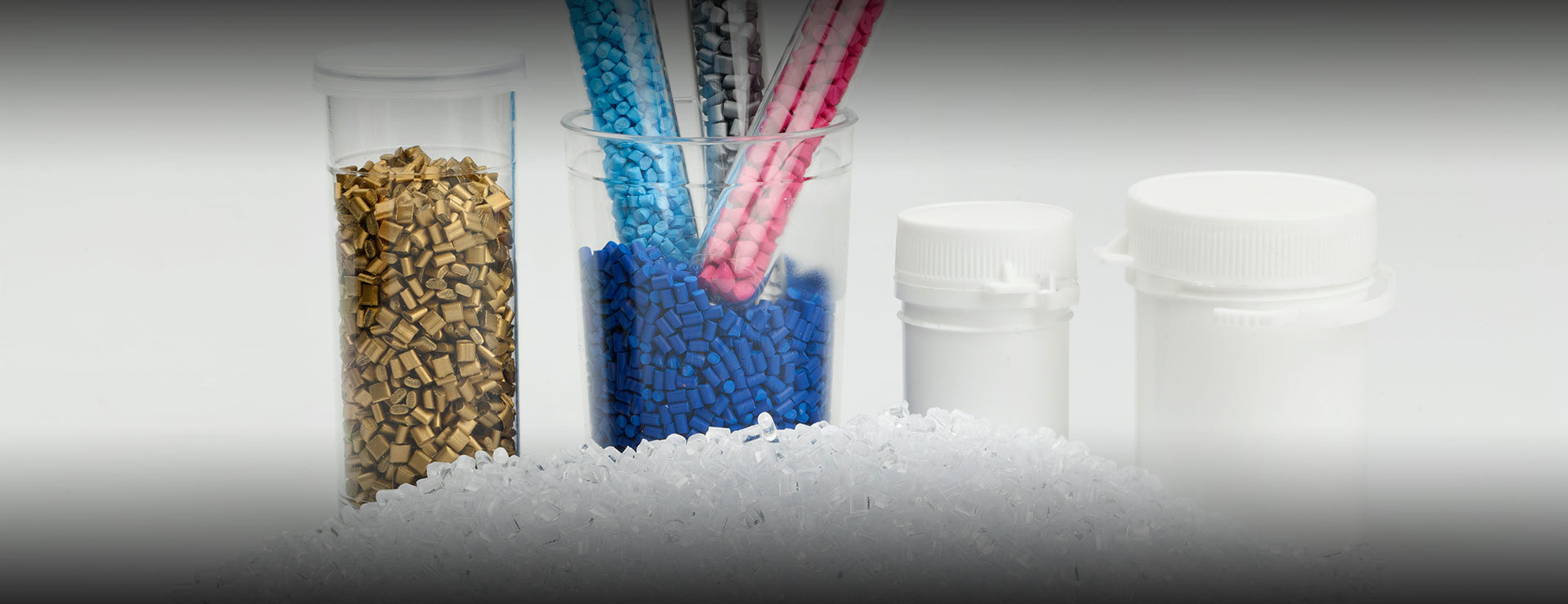
Media Information
About RongSu
Technical parameters of nylon
Release time:
2022-03-11 00:00
Cleanability and Antifouling Property It is the cross-sectional shape of the fiber and the subsequent antifouling treatment that affect these two properties. The strength and hardness of the fiber itself have little effect on cleaning and antifouling. Melting Point and Elastic Nylon 6 has a melting point of 220°C and Nylon 66 has a melting point of 260°C. However, this is not a difference in the temperature conditions of use of the carpet. The lower melting point makes nylon 6 have better resilience, fatigue resistance and thermal stability than nylon 66. Color fastness Color fastness is not a characteristic of nylon. It is the dye in nylon rather than the nylon itself that fades under light. Abrasion resistance and dust resistance The University of Clemson conducted a two-and-a-half-year experiment with Zeftron500 nylon 6 carpet and Antron XL nylon 66 carpet at Tampa International Airport. The carpet is in a state of extremely high flow of people, and the results show that BASF Zeftron500 nylon is slightly better than Antron XL in terms of color retention and pile wear resistance. There was no difference in dust resistance between the two yarns.
Next Page
Related News
What is the market demand and development of nylon?
The high-strength changes in the nylon market will become larger and larger, and new reinforcement materials such as inorganic whisker reinforcement will become larger and larger. Carbon fiber reinforced PA is mainly used for vehicle engine parts, mechanical parts and aviation equipment parts.
The difference between modified nylon material and pure nylon
There are two common materials on the market: modified nylon materials and pure nylon. What is the difference between these two materials? Compared with pure nylon, modified nylon material has greater impact toughness, stiffness, temperature resistance, creep and fatigue. The modified nylon material has mechanical elongation, molding shrinkage, water absorption and abrasion resistance.
Commonly used modified nylon performance application
Modified nylon is one of the five major engineering plastics, which has the characteristics of many varieties, large output and wide application. However, due to the wide variety of modified nylon, some products have similarities in the application field, and some products are very different and need to be carefully distinguished.
Generation Principle of Modified Nylon
The polymerization reaction of modified nylon is carried out below the polymer dissolution point. The late stage of polymerization is characterized by a rapid increase in content, and at the same time, with the polymer knot and condensation. People usually react directly.
Performance advantages of modified nylon
Nylon is a kind of engineering plastics with excellent mechanical properties, outstanding corrosion resistance, oil resistance, heat resistance, high modulus and so on. Reinforced, flame retardant modification, can significantly improve its heat resistance, modulus dimensional stability and flame retardancy, modified nylon is widely used as a substitute for metal, wood and other traditional materials, used in automotive, electrical and electronic, power tools and other industries.
Nylon Modified Material Market Application
Nylon raw material as the base material, by adding chemical or physical additives, through physical mixing or chemical reaction will change the physical and chemical properties of nylon itself, the formation of plastic granular products. The addition of a compatibilizer to the reinforced nylon G-5 cause the glass fiber to react with the nylon to produce a chemical bond that improves strength and toughness. Toughened nylon can be added with a toughening agent G-1. Abrasion resistant nylon, halogen free flame retardant nylon, conductive nylon, flame retardant nylon and so on. What are the uses of modified nylon?

